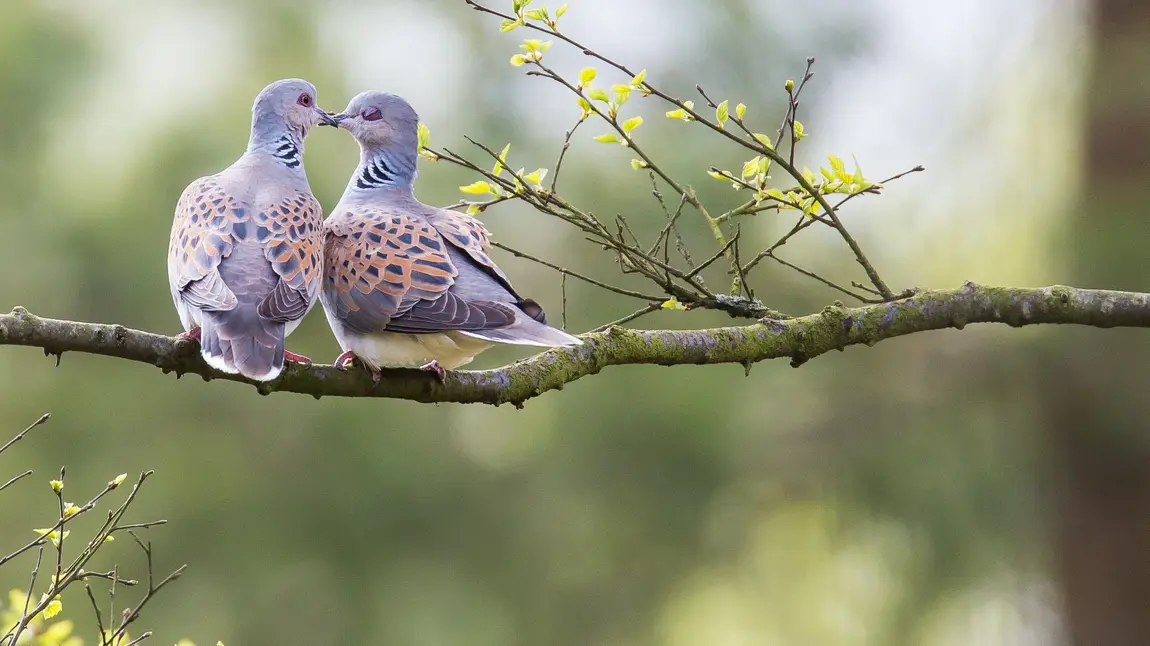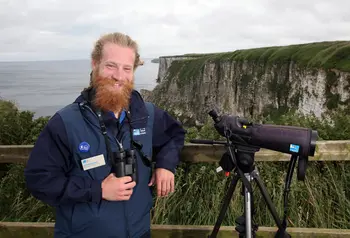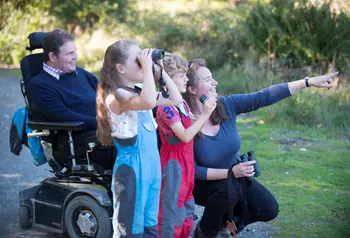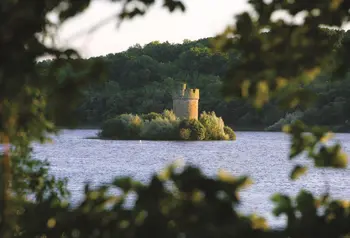How National Lottery funding has benefitted Britain’s birds

Two turtle doves
Richard Bennet
Grab your binoculars and head to a hide because a range of bird species and their habitats are thriving thanks to National Lottery players.
In honour of the 30th BirdFair this weekend, we’re exploring how National Lottery funding has helped birds across the UK – and there’s plenty of reason to shake your tail feather!
Nearly 400 volunteers will help to run BirdFair 2018 at Rutland Water. The Volunteer Training Centre, which was funded by HLF, will help the reserve to manage such a big team.
Tweet all about it
Find out more about 10 of the bird species that have benefitted from HLF projects:
- Black-tailed Godwit - Black-tailed godwit numbers have declined in the UK because of land drainage and habitat loss. Project Godwit is trying to secure the future of the birds in the UK by undertaking research at the Nene Washes.
- Golden Eagles – Once widespread, golden eagles are now few and far between in southern Scotland. This project is working to increase the population of the iconic birds by bringing local groups together and introducing young eaglets to the area.
- Kittiwakes - The colony of kittiwakes on the Newcastle and Gateshead quayside is the furthest inland anywhere in the world. Durham Wildlife Trust set up the Kittiwake Cam, which streamed live images of the gulls to encourage interest in local people.
- Little Terns – Little terns nest in shingle close to beach shorelines, meaning they are vulnerable to predators and human disturbance. Working closely with local schools, this project from RSPB South East protected existing nesting sites, created new ones and raised awareness of the birds’ plight in the community.
- Ospreys – Ospreys are the rarest raptor in Wales. Montgomeryshire Wildlife Trust recruited volunteers to protect the ospreys at Cors Dyfi reserve by undertaking 24-hour nest protection and conservation. Tracy was so enthralled with the birds that she moved from Hampshire to be closer to them!
- Nightjar – Sherwood Forest contains more ancient oaks than anywhere else in Europe, supporting a diverse ecosystem. Nightjars are just one of the endangered species that will benefit through the ‘From Miner to Major’ project, which aims to conserve and reconnect communities with the woodland.
- Peregrine Falcons – These birds of prey have adapted to survive in urban environments in close proximity to humans. Volunteers with the Hawk and Owl Trust are examining the unique challenges facing peregrine falcons in Norwich by recording their diet, behaviour and breeding activities.
- Puffins – Through Project Puffin, RSPB Scotland invited the public to become ‘Puffarazzi’ and take photos of puffins carrying fish. These volunteers helped conservationists to understand what food puffins need to successfully raise chicks in the UK.
- Turtle Doves – The North York Moors National Park is embarking on an urgent quest to save this summer visitor. Focusing on populations in the park’s forests, the project is carrying out improvements to local habitats and encouraging people to record their sightings.
- Willow Tit – The willow tit population has declined by 94% since the 1970s. The Back from the Brink project is helping willow tits in the Dearne Valley by ensuring there are suitable habitats for the birds and carrying out annual surveys to monitor the project’s impact.
You can follow BirdFair on Twitter for more information about their 30th celebrations.


